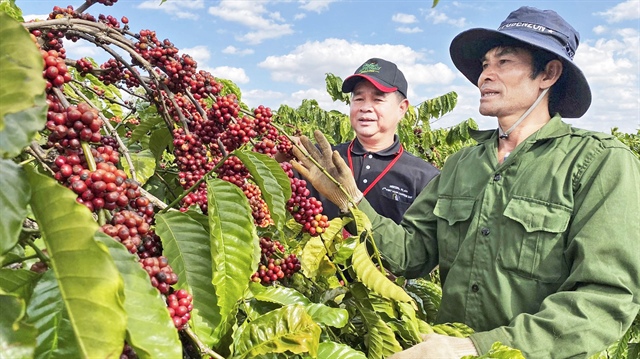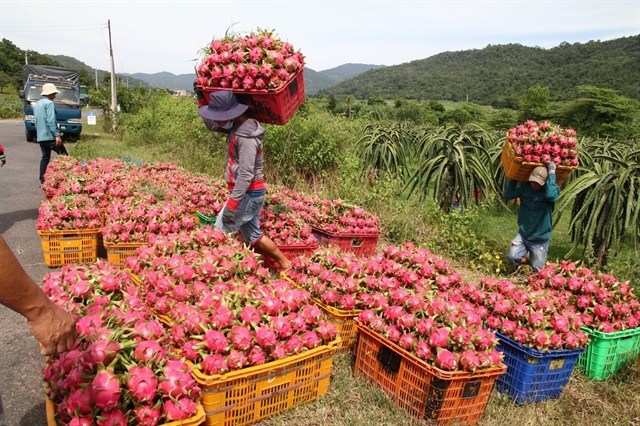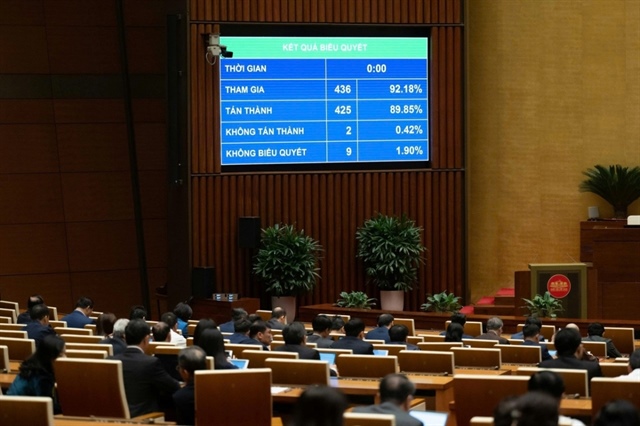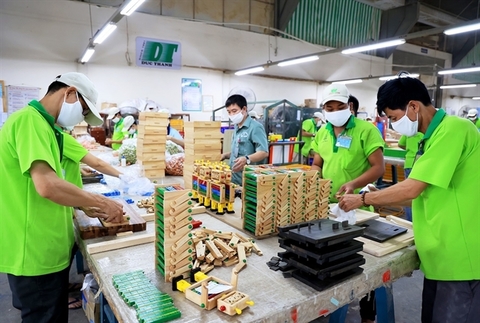Surge in trade with New Zealand
Surge in trade with New Zealand
Vietnam's export value to New Zealand currently accounts for only 1.7 percent of that market's total import value, offering opportunities for increased Vietnamese sales.
Bilateral trade hit NZD1.7 billion in the first eight months of 2022, up 21.4 percent from the same period of 2021 (NZD1.4 billion). Major Vietnamese exports included tea and coffee that yielded NZD9.13 million (up 52 percent), ceramic and porcelain products worth NZD6.7 million (up 108 percent), paper and paper products NZD8.9 million (up 48 percent), iron and steel NZD13.6 million (up 36.8 percent), and textiles and garments NZD173.69 million (up 22.8 percent).

Coffee has become a major Vietnamese export to New Zealand |
The Vietnam Trade Office in New Zealand said that most of Vietnam’s exports achieved double-digit growth, and only several construction material exports decreased due to increased prices and importers’ falling demand.
Vietnam’s exports to New Zealand are expected to grow further due to the two countries’ memberships in multilateral free trade agreements, including the ASEAN-Australia-New Zealand Free Trade Area (AANZFTA), the Comprehensive and Progressive Agreement for Trans-Pacific Partnership (CPTPP), and the Regional Comprehensive Economic Partnership (RCEP) agreement, which reduce or remove tariff and non-tariff barriers.
According to the Vietnam Trade Office in New Zealand, these agreements help increase Vietnamese goods’ competitiveness compared with exports from countries without FTAs with New Zealand. In the context of the US-China trade war and COVID-19, many countries and businesses are considering shifting their supply chains out from China, and more and more businesses in New Zealand are looking for Vietnamese suppliers, especially in the field of textile and garment, and construction materials.

The Ministry of Industry and Trade is creating conditions to boost dragon fruit exports to New Zealand |
According to the office, New Zealand applies strict technical barriers and standards to farm produce, seafood and food imports, and has so far licensed mango, dragon fruit, rambutan, tra fish and processed food imports from Vietnam. However, high transportation costs cut into the price competitiveness of Vietnamese products compared to those from Australia, China, and India.
Under the new-generation free trade agreements, import taxes on all Vietnamese goods imported into New Zealand have been eliminated since early 2020 in accordance with the CPTPP and since January 2022 in compliance with the RCEP. Thanks to the development requirement in the post-COVID-19 period and the recovering consumption and travel demands, economic cooperation and trade between Vietnam and New Zealand are likely to expand, according to the office.
| The Vietnam Trade Office in New Zealand stressed the need for a systematic and long-term strategy to promote exports to New Zealand, focusing on creating a smooth legal corridor for the export of farm produce, forest products and seafood. It also recommends asking New Zealand to further widen its door to Vietnamese farm produce and aquatic products, as well as building value chains and improving food processing technologies to enhance product quality, and strengthening trade promotion activities. |























